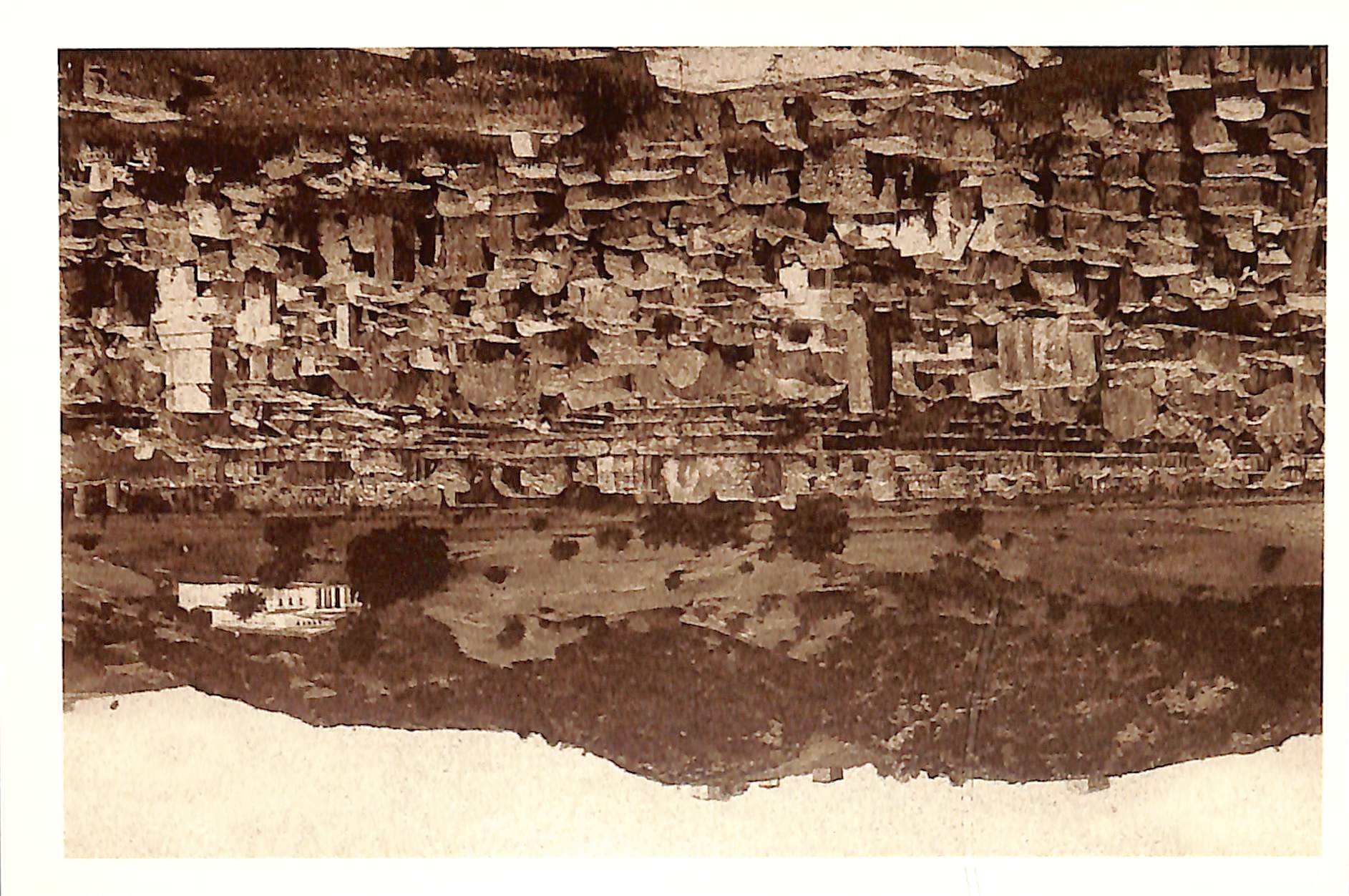
4/29/2025 10:01:14 AM
The temple of Zeus in Ancient Olympia
The temple of Zeus at Olympia is an outstanding example of Doric architecture, the largest in the Peloponnese, and highlights the aesthetic and technical skill of the ancient Greeks. Its construction is believed to have begun in 470 BC and completed in 456 BC. Architecturally, the temple is peripteral, with six columns on the narrow sides and thirteen on the long sides, consisting of a pronaos, a cella (main temple), and an opisthodomos. Regarding the building material, it was constructed from local conch-shell stone and covered with white marble mortar, while only the sculpted pediments, the roof tiles, and the lion-head water spouts were made of marble. The eastern pediment depicts the chariot race between Pelops and Oenomaus, with Zeus as the central figure, the judge of the contest, while the western pediment shows the Centauromachy, the battle between the Lapiths and the Centaurs, with Apollo as the central figure. The twelve metopes, six above the entrance of the pronaos and the opisthodomos, depict the twelve labors of Iraklis. The exterior metopes of the temple's peristyle were undecorated. At the back of the cella was the gold and ivory statue of Zeus, one of the Seven Wonders of the Ancient World. It was created by the sculptor Phidias around 430 BC and stood over 12 meters tall. Zeus was seated on his throne, holding a scepter in his left hand and a winged Nike in his right. The first excavation of the temple took place in 1829 by the French expedition, and its full uncovering was completed during the German excavations. The sculptural decorations have been almost entirely restored and are displayed at the Archaeological Museum of Olympia. Parts of the relief metopes have been in the Louvre Museum since the 19th century, having been transferred there by the French expedition led by General Maison. Recently, the northwestern column of the peristyle has been restored. Pictured: The temple of Zeus at Ancient Olympia in 1890. ©Municipal Photography Museum of Kalamaria ‘Christos Kalemkeris’.

